In this talk I will discuss recent results of a search, performed in the TIQI group, for a new fundamental force between the neutron and the electron using a technique known as isotope-shift spectroscopy. I will then outline a new endeavor I’m starting at ETH to perform the most stringent test to date of the…
Author: Finn Holler
Quantum gas experiments provide a unique opportunity to create and study complex quantum many-body systems. A high degree of controllability allows to manipulate different components of the Hamiltonian and to study their influence on the emergent physics. This contributes to the understanding of many-body phenomena, especially in situations where the strong correlations between particles make…
Fully inorganic cesium lead halide perovskite nanocrystals have emerged as an interesting optoelectronic material due to several extraordinary properties. They exhibit giant oscillator strength and long dephasing time at cryogenic temperature as well as low inhomogeneous energetic broadening, which makes them ideally suited to explore settings that exploit their exceptionally strong intrinsic light-matter coupling and…
Since nature is quantum mechanical, corresponding models have a state space that grows exponentially with problem size. Quantum computers were thus first proposed as a platform to solve such hard problems in physics and chemistry. Despite the progress of quantum, current error rates remain a major obstacle. In this project we develop and experimentally test…
The growing interest in quantum computing using ultracold gases (Bluvstein et al., 2024; Manetsch et al., 2024) has sparked increased focus on the transition from routinely achieved ultra-high vacuum (UHV) to the regime of extremely high vacuum (XHV, < 1e-11 mbar).This shift is critical, as collisions between trapped atoms and background gases quickly become the…
Over the last twenty years, physicists have learned to manipulate individual quantum objects: atoms, ions, molecules, quantum circuits, electronic spins… It is now possible to build “atom by atom” a synthetic quantum matter. By controlling the interactions between atoms, one can study the properties of these elementary many-body systems: quantum magnetism, transport of excitations, superconductivity……
Neutral atoms are promising building blocks for quantum computing due to their scalability, flexibility and high-fidelity operations. However, they are susceptible to various noise sources, necessitating robust error correction. This study uses multi-qubit error-correcting codes to mitigate these errors. First, we decompose the noise sources affecting neutral atoms into Pauli noise components to establish an…
Transmon qubits are widely studied due to their non-linear properties, which are effective down to the single-photon level. Their anharmonicity is particularly useful for quantum information processing purposes. In this context, we are interested in another non-linearity: four-wave mixing. By combining this with a clever dissipation bath, we can create a single-microwave-photon detector (SMPD), which…
The field of quantum machine learning persistently explores how learning models can take advantage of quantum implementations. Recently, a new neural network architecture, called Kolmogorov-Arnold Networks (KAN), has emerged, inspired by the Kolmogorov-Arnold theorem. We designed a quantum version of KAN (QKAN) by combining parameterized quantum circuits with powerful algorithmic subroutines. In this talk, I…
Superconducting Circuits are a promising platform to implement fault-tolerant quantum computers. To achieve low enough error rates to implement logical qubits and run useful algorithms, it is essential that the quantum information stored in the qubits can be retained for sufficiently long times. Material losses are currently limiting the life-times of superconducting qubits.In this talk…
